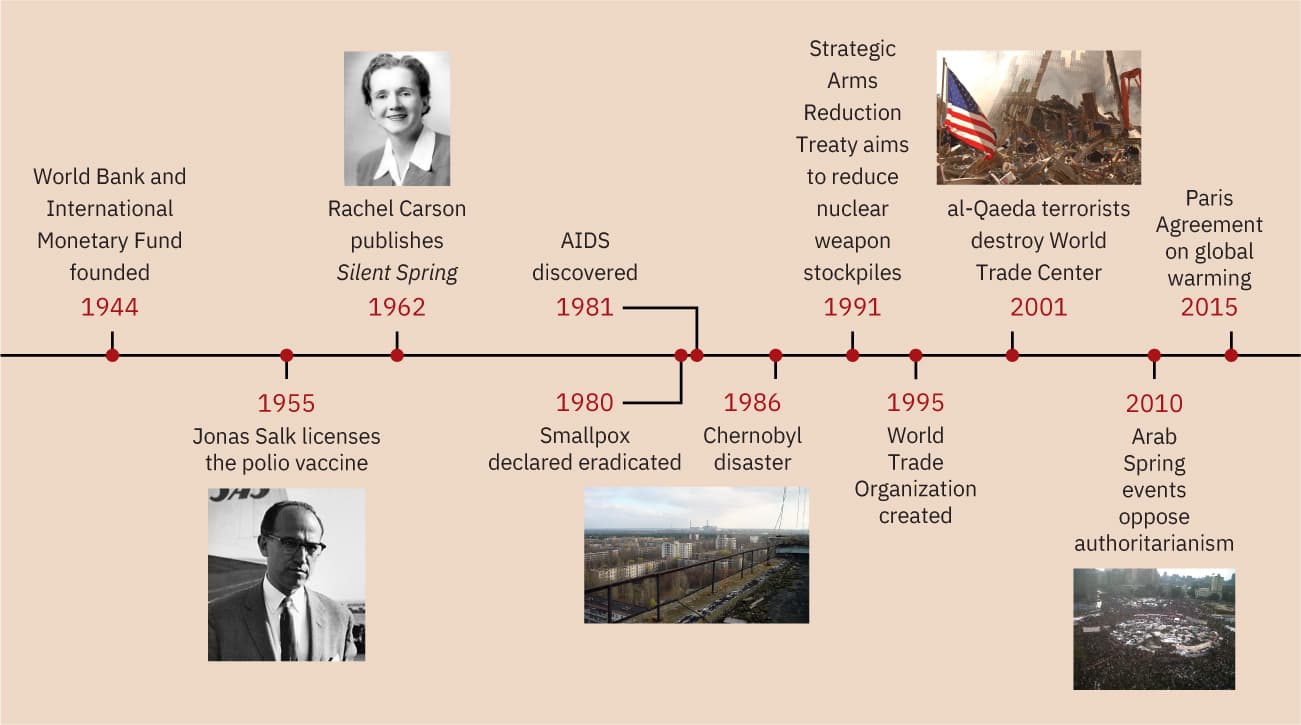Figure 15.1 Coca-Cola is often used as a symbol of globalization across the world. On the left “Coca-Cola” is written in Arabic script. On the right is a can with the name of the product written in both English and Khmer, the primary language in Cambodia. Cuba and North Korea are the only places on earth where Coke cannot be purchased. (credit left: modification of work “The official Arabic script logo for Coca-Cola” by “Hope(N Forever)”/Wikimedia Commons, Public Domain; credit right: modification of work “Coca-Cola can with Khmer equivalent” by “Treehill”/Wikimedia Commons, Public Domain)
Few symbols of global trade and Americanization abroad have been as powerful as Coca-Cola (Figure 15.1). Though it is the most widely consumed soft drink in the world, its conquest of the globe has not been without controversy. Coca-Cola bottlers were accused of interfering with labor union organization in South America in the 1990s, and in 2014, the company was forced to close a bottling plant in northern India that was depriving farmers of water. Today, although Coca-Cola is making an effort to restore the water that it uses in places like India and South Africa, some critics claim that it still uses more than it replenishes. Coke is an apt symbol of the interconnectedness of our contemporary world and the challenges it presents. Many people enjoy the benefits that come with an increasingly globalized economy, but many have also been harmed in the process.

Figure 15.2 (credit “1955”: modification of work “Dr Jonas Edward Salk, creator of Salk polio vaccine, at Copenhagen Airport” by SAS Scandinavian Airlines/Wikimedia Commons, Public Domain; credit “1962”: modification of work “Rachel Carson, author of Silent Spring. Official photo as FWS employee. c. 1940” by USFWS National Digital Library/Wikimedia Commons, CC0 1.0; credit “1986”: modification of work “View of Chernobyl taken from Pripyat” by Jason Minshull/Wikimedia Commons/Public Domain; credit “2001”: modification of work “New York, NY, September 19, 2001 -- Rescue workers climb over and dig through piles of rubble from the destroyed World Trade Center as the American flag billows over the debris” by Andrea Booher/Wikimedia Commons, Public Domain; credit "2010”: modification of work “Tahrir Square during 8 February 2011” by “Mona”/Flickr, CC BY 2.0)